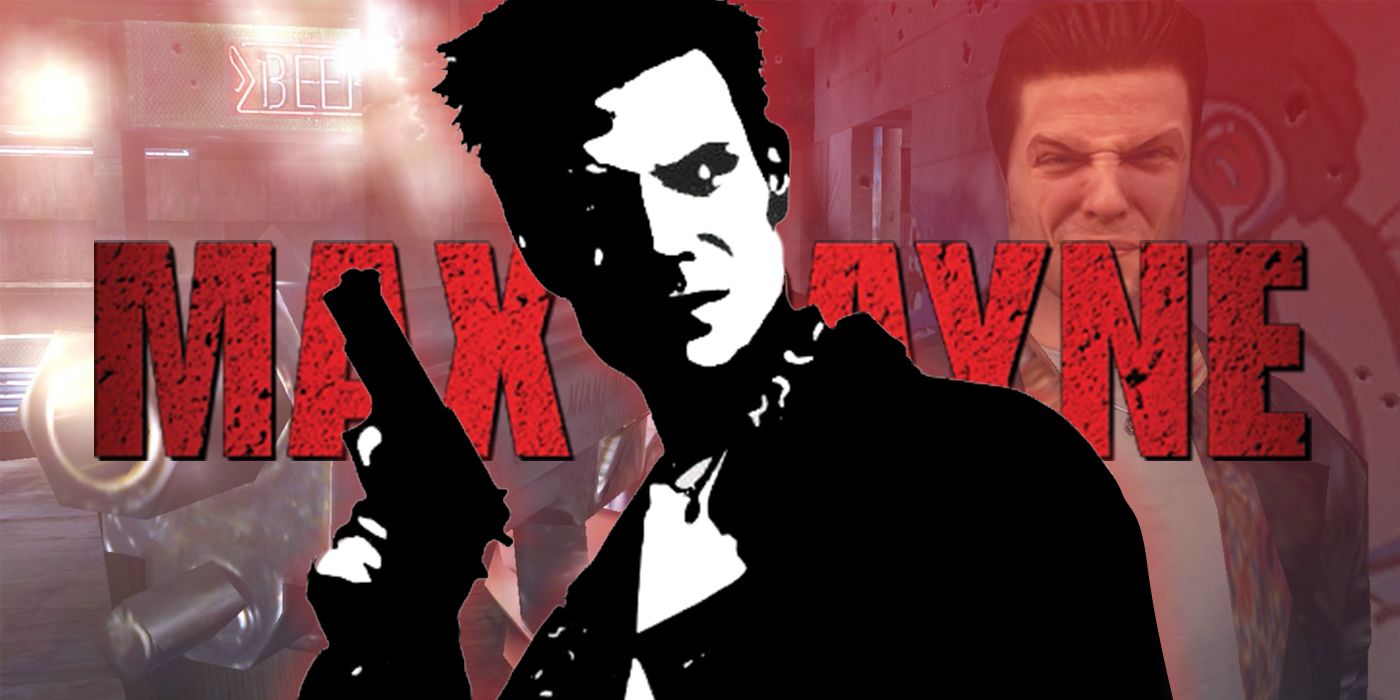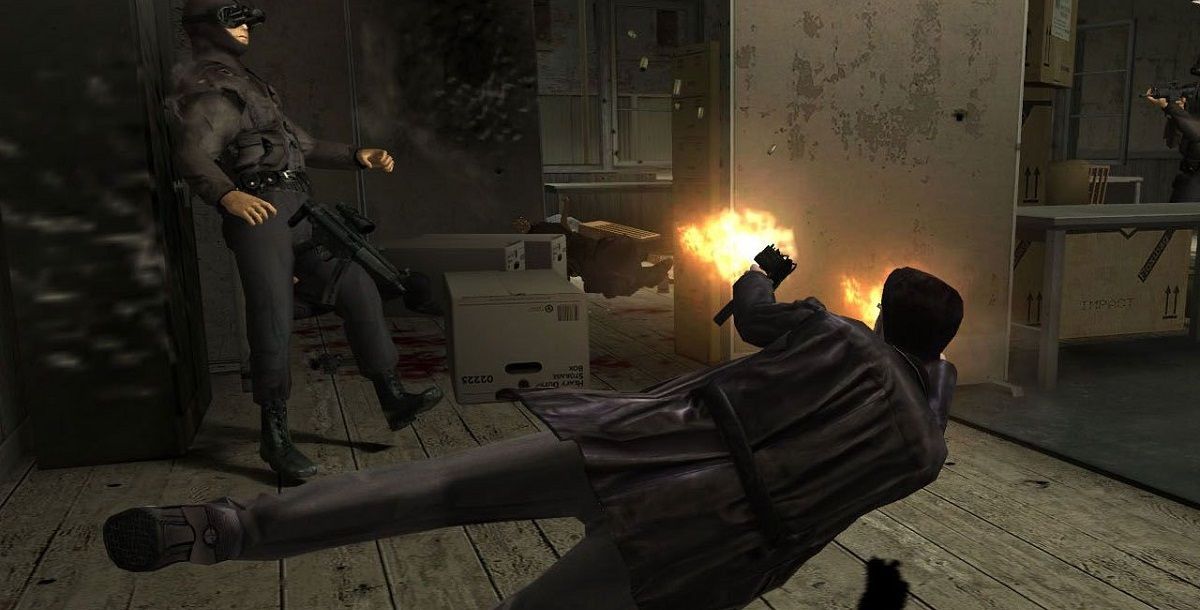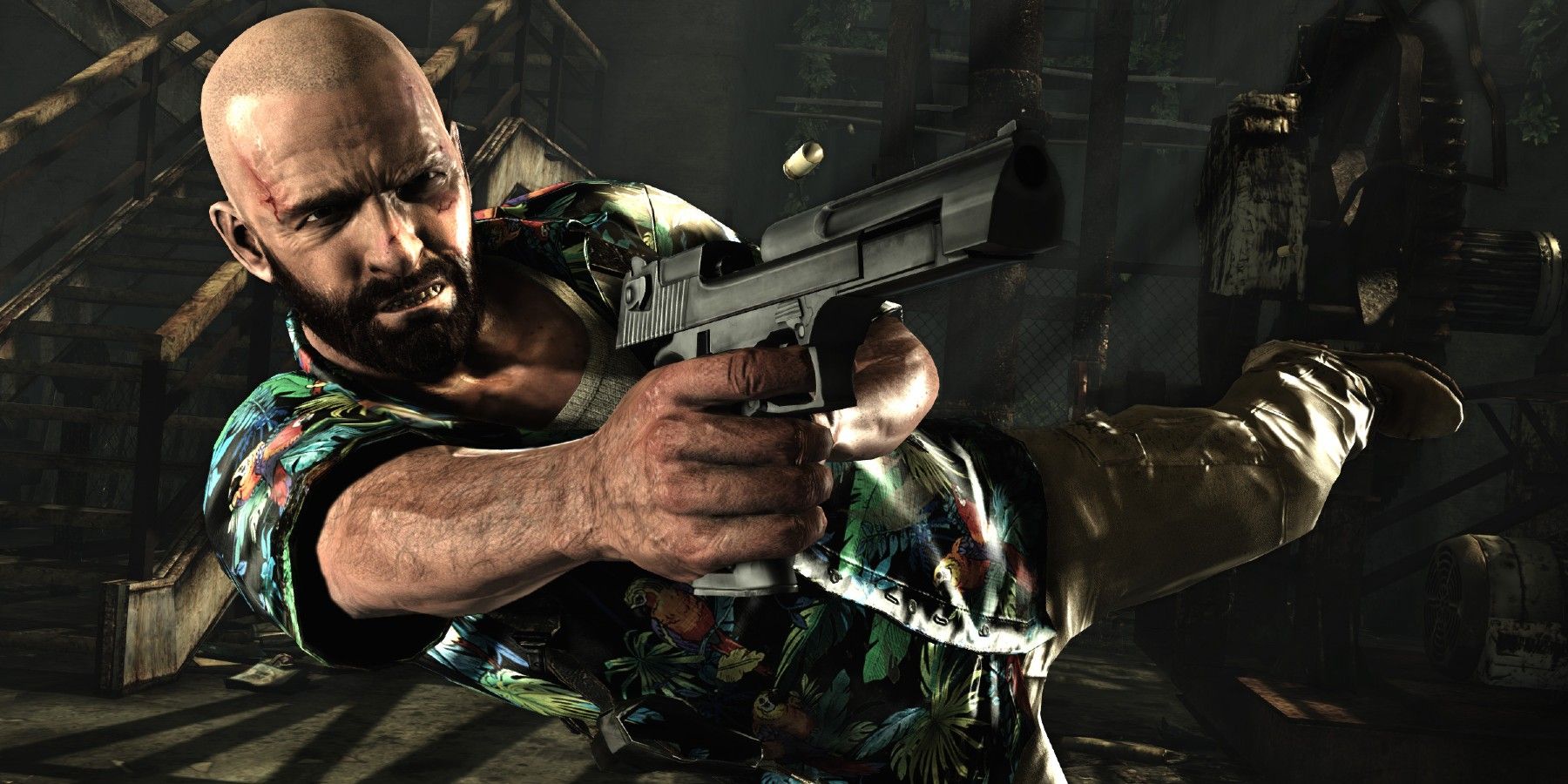July marked the 20th anniversary of the original Max Payne, a game that put relatively unknown Finnish developer Remedy Entertainment on the map and introduced the world of video games to the slow-motion bullet ballet that had shocked audiences a few years earlier when it was featured in the groundbreaking film The Matrix. Remedy not only wowed gamers with its shooting mechanics but created a neo-noir world that felt immersive and as strange as it was alluring.
The Max Payne games are arguably some of the most iconic and influential video games ever made. While not the first game to introduce the "bullet time" mechanic (That goes to the forgettable shooter Requiem: Avenging Angel), Remedy honed the mechanic into a thrilling experience and changed shooters forever. With the series reaching such a milestone, now is the perfect time to reflect on Max Payne and how this third-person shooter made its mark on the genre and became a certified classic.
Like many classic video games that seemingly come together through serendipity, Max Payne's development was both a series of hard work and convenient choices that created a masterpiece. Early on in development, Remedy hired writer Sam Lake (the face of Max Payne), the man who would transform its struggling topdown shooter Dark Justice into a world and game that were truly unforgettable. Lake took his love of both Hong Kong action cinema and classic noir tales and helped morph the topdown shooter into a stylish third-person bullet-time action masterpiece. If John Woo's film character Inspector Tequila jumped through the air firing two pistols, so would Max. If Humphrey Bogart wisecracked and narrated to the audience, so too would Max, only through what would become iconic comic book panels instead of cutscenes.
These equally iconic comic book panels that presented the story, brought to life by Remedy's brilliant artists, made Max Payne stand out just as much as its thrilling gunplay. However, this unique aesthetic and storytelling choice arose from part inspiration and part budgetary concerns. During development, the team found it unfeasible to create full cutscenes to tell its dark narrative, so the comic panels were agreed upon. This exercise in working within limitations proved to be a beautiful choice as today, for fans, the idea of playing the first two games without this storytelling style is almost unthinkable.
Even the bullet time mechanic, Max Payne's most impressive and incredible mechanics, developed from the suggestion of one man. Scott Miller, founder of Max Payne publisher 3D Realms, was shown a new mechanic by Remedy during the development of the first game where enemies would die in slow motion, much like in John Woo action films that served as inspiration. Unhappy with the effect only being a window dressing, Miller suggested the slow-motion ability should become a tool for players to wield at a moment's notice. Remedy agreed, giving birth to the game's bullet-time mechanic and Max's iconic shoot-dodging actions.
Max Payne as a series would continue to evolve and prove its versatility when Rockstar Games bought the rights and took over development duties for the third game. Rockstar wanted to stay true to the beloved world and characters while simultaneously developing a new take on the titular character. Max Payne 3 is more Man on Fire than a noir crime drama, but in typical Rockstar fashion, this change is pulled of deftly and with grace. It didn't hurt either that the game's incredible shooting mechanics make it still to this day one of the best feeling and thrilling third-person shooters to play.
By combining a thrilling gameplay experience, with a stylish setting, Remedy and subsequently, Rockstar succeeded in delivering another truly iconic series that stands next to other juggernaut shooters like Duke Nukem, DOOM, and Half-Life. Throughout its life as a series, Max Payne embraced its limitations and worked around them, delivering a towering triumph that only continued to evolve through its lifespan. Now 20 years later, gamers are still singing the praises of its humor, characters, and absolutely incredible gameplay.
Although Max seemingly exited the third game with the happiest ending he could hope for, choosing life and redemption over a slow death to alcohol, many diehard fans still wonder if he will ever return for one more sequel or even a remaster. Time will tell if the grizzled cop will ever return, but the legacy of Max Payne is great enough that he'll always have an obvious mark on gaming.



